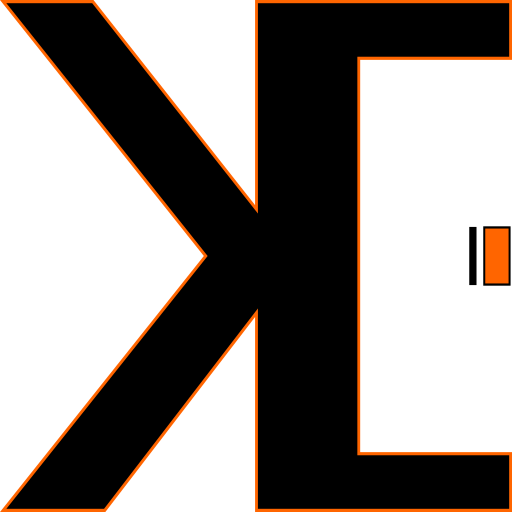Mastering SaaS Development: Key Considerations and Best Practices
Software as a service (SaaS) has evolved into a highly popular business model due to its convenience and cost-effectiveness. SaaS applications, accessible via cloud platforms for a subscription fee, offer organizations the ideal solution for saving time and resources, particularly for globally distributed teams.
The Rise of SaaS
According to BetterCloud’s State of the SaaS-Powered Workplace report, by 2024, 80% of apps are projected to be SaaS. This growth is driven by niche specialization and the need to alleviate companies from developing and maintaining in-house applications. SaaS providers enable businesses to focus on their core offerings while ensuring they receive timely updates and support.
Key Features and Architecture
SaaS development involves understanding concepts like single-tenancy and multi-tenancy. In a single-tenant architecture, separate databases are created for each client, whereas multi-tenancy allows shared instances, reducing costs. Security is paramount, with cloud solutions like AWS ensuring data confidentiality and isolation.
Business Model and Pricing Strategies
Offering free trials and freemium versions enables users to evaluate features before committing. A subscription model provides vendors with stable revenue, while custom licensing plans cater to varied user needs. Integrating SaaS with enterprise software through APIs enhances functionality and customer retention.
Development Process
Developing a SaaS application begins with market research and defining a core value proposition. During the Minimum Viable Product (MVP) phase, identifying problems and key elements ensures the product meets user demands. A well-structured team, including project managers, developers, and designers, is crucial throughout the software development life cycle.
User Experience and Scalability
A seamless user experience is vital for conversion, as a Forrester Research study shows a 400% increase in website conversion rates with better UX. Scalable architecture supports growing user bases, while a queuing system allows efficient asynchronous communication.
Integration and Implementation
For large enterprises migrating in-house software to the cloud, smooth data transmission is essential. Utilizing an integrated approach ensures new software fits seamlessly into existing processes. Choosing the right tech stack, including backend and frontend tools, is critical for building efficient SaaS applications.
Conclusion
As a SaaS developer, focus on delivering solutions that address customer pain points. With proper research, strategic planning, and attention to user experience, your SaaS product will thrive in the competitive market.





